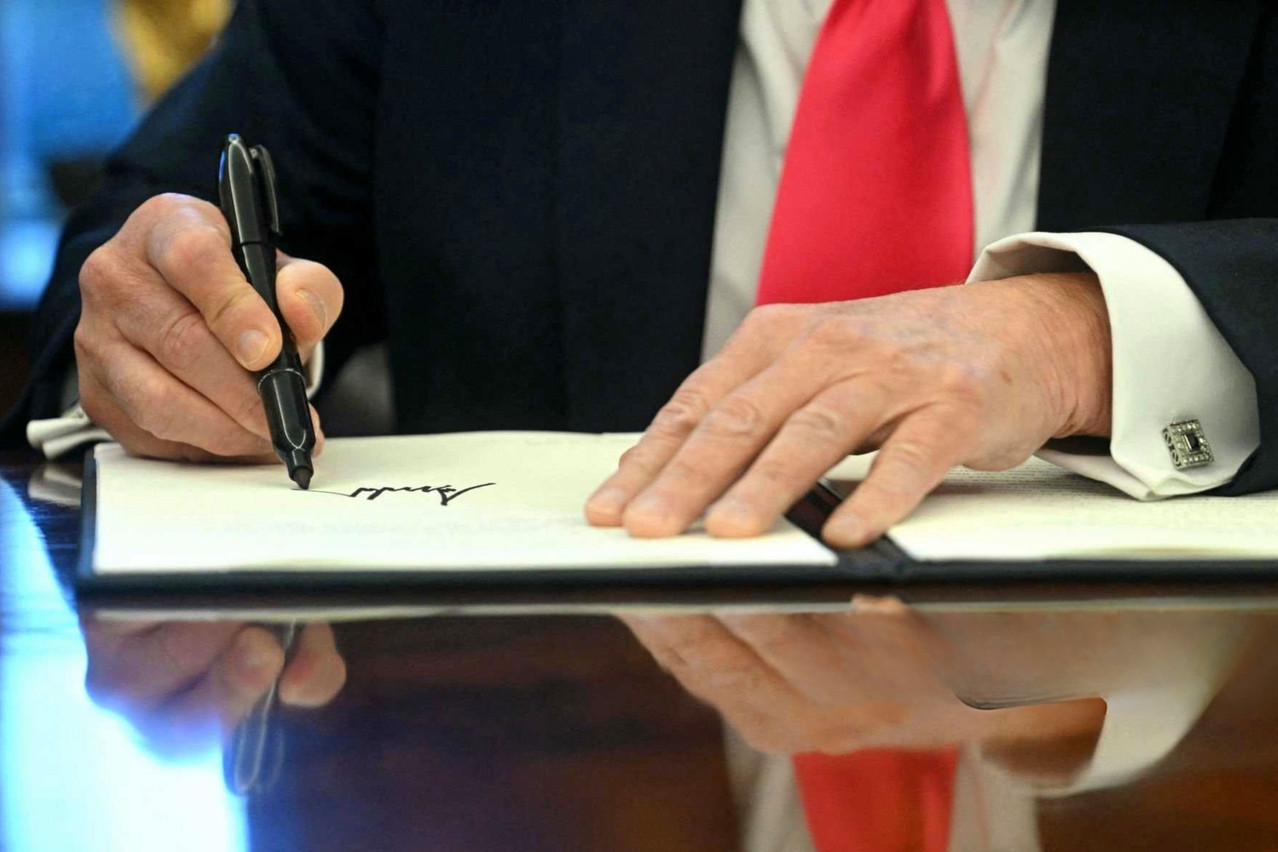On 2 April 2025, United States president Donald Trump new trade tariffs on over 100 nations, ranging from 10% to 50%. These tariffs are part of the US government’s strategy to address long-standing trade imbalances. To better understand these tariffs, it’s important to explore what reciprocal tariffs are and the reasoning behind their implementation.
What are reciprocal tariffs?
Reciprocal tariffs are additional taxes imposed by a government, the US in this case, on imported goods to reduce its trade deficit with other countries. The underlying idea is that many nations implement policies--such as high tariffs, strict regulations and currency controls--that make it difficult for American businesses to compete. In response, the US is seeking to counterbalance these practices by using tariffs to level the playing field and restore a more equitable trade relationship.
Why impose additional tariffs?
According to the US administration, the country has been running a trade deficit for more than five decades, consistently importing more than it exports. This imbalance has had far-reaching economic consequences, including the closure of over 90,000 factories and the loss of 6.6m manufacturing jobs since 1997. The US government argues that foreign trade policies have made it increasingly difficult for American companies to sell their goods abroad, while foreign products continue to flood the US market. Rather than negotiating tariffs on a case-by-case basis, the US has implemented a system where tariffs automatically adjust according to the size of each country’s trade surplus with the US. In other words, the larger the trade imbalance, the higher the tariff imposed.
How are the tariffs calculated?
To calculate these tariff rates, economists used 2024 US trade data to estimate the adjustments required to reduce or eliminate trade deficits. The assumption is that raising tariffs will discourage imports, making US businesses more competitive. The US government took several factors into account when setting these rates, such as how much demand for imports would drop as a result of higher prices, how much of the tariff costs would be passed on to consumers, and the effect of foreign trade policies on US exports.
What are the new tariff rates?
The new tariff rates vary depending on the country and its trade surplus with the US. For countries with no significant trade imbalance, the rate will be 0%. On the other end of the spectrum, countries with the largest trade deficits could face tariffs as high as 99%. On average, global tariffs are set at 20%. Specifically, the average tariff for deficit countries is around 50% (unweighted) or 45% (weighted by imports), while the import-weighted global average stands at 41%.
What does this mean for consumers and businesses?
For consumers and businesses, these tariffs will likely have a range of effects. Imported goods from affected countries are expected to become more expensive, which may lead to higher prices for certain products. However, the higher tariffs could also encourage US companies to produce more goods domestically, potentially boosting the US manufacturing sector. On the downside, other countries may retaliate with their own tariffs on US exports, which could lead to trade disputes and further escalate tensions.
What next?
The US government views these tariffs as a means to restore fairness to global trade and protect American industries. However, the long-term consequences--both on domestic prices and international relations--remain uncertain. While the goal is to balance trade more effectively, the broader effects on the economy and global trade will unfold over time.
However, given Trump’s firm stance on protecting American interests first, it seems unlikely that he will negotiate or lower these tariff rates anytime soon if he continues to stand by his convictions.
